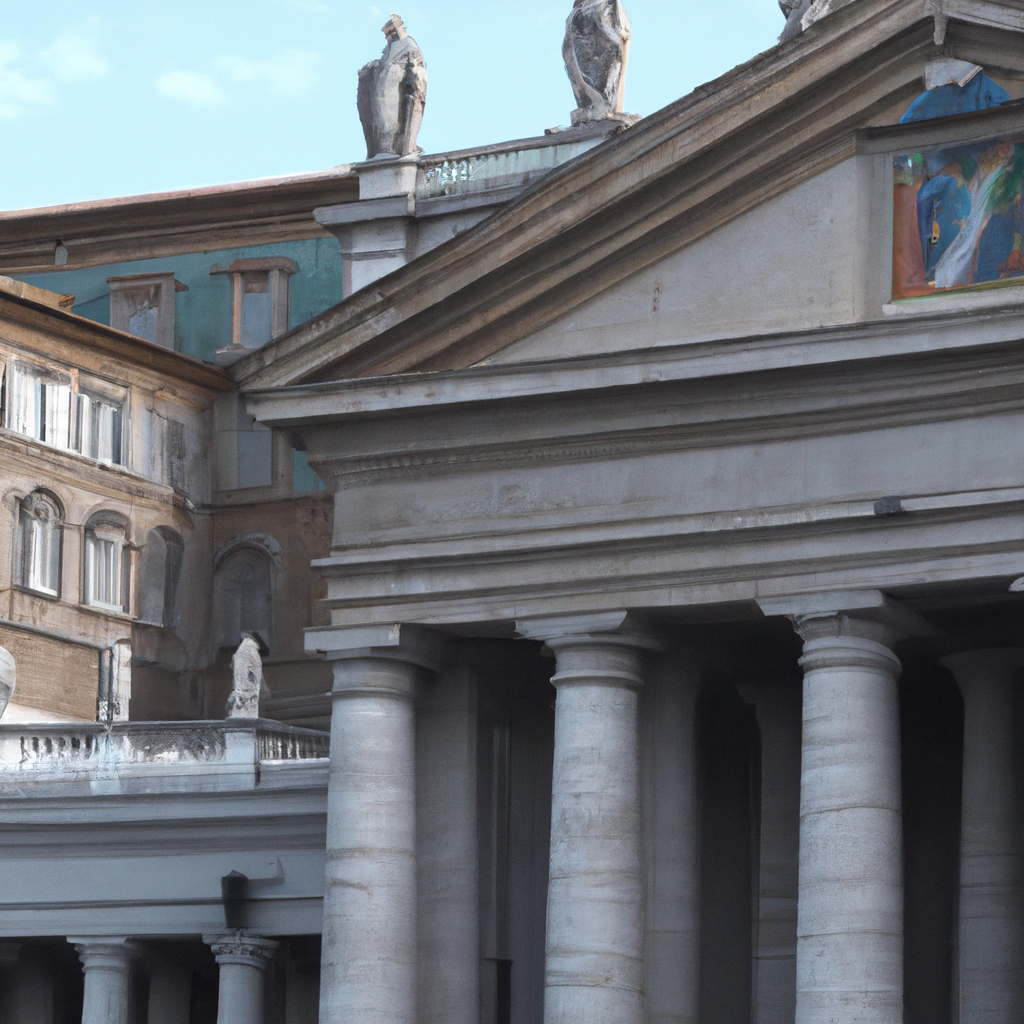The Sistine Chapel is one of the most iconic and visited landmarks in the world. Located within the Vatican City, it is the official residence of the Pope. The building itself was constructed in the late 15th century, and it was commissioned by Pope Sixtus IV as a place of worship. However, it is the art within the chapel that has made it famous. Specifically, the frescoes painted by Michelangelo on the ceiling and altar wall of the chapel have become some of the most recognizable and significant works of art in history. In this article, we will explore the history and significance of the Sistine Chapel’s art, focusing on the Renaissance period, religious art, and the genius of Michelangelo.
The Renaissance and Religious Art
The Renaissance was a period of artistic and intellectual rebirth that originated in Italy in the 14th century and spread throughout Europe over the next two centuries. The movement was characterized by a renewed interest in classical art, literature, and philosophy. The Renaissance also witnessed a shift in the focus of religious art. Previously, religious art was often focused on depicting the stories of the Bible in a straightforward and didactic manner. However, during the Renaissance, artists began to explore more complex and nuanced depictions of religious themes. This was in part due to the influence of humanism, which emphasized the importance of individual experience and emotion.
The History of the Sistine Chapel’s Art
The Sistine Chapel was completed in 1481, and it was originally decorated with a series of frescoes depicting scenes from the life of Moses and Christ. However, by the early 16th century, the frescoes had become damaged and faded. In 1508, Pope Julius II commissioned Michelangelo to repaint the ceiling of the chapel. The artist initially refused, citing his lack of experience with fresco painting. However, after several months of persuasion, Michelangelo agreed to take on the project.
The frescoes on the ceiling of the Sistine Chapel depict various scenes from the Book of Genesis, including the Creation of Adam, the Garden of Eden, and the Flood. The frescoes on the altar wall depict scenes from the life of Christ, including the Last Judgment. Michelangelo worked on the project for four years, from 1508 to 1512, and the result is considered one of the greatest masterpieces of Western art.
The Significance of the Sistine Chapel’s Art
The Sistine Chapel’s art is significant for several reasons. First and foremost, it is a testament to the genius of Michelangelo. The artist was able to create a series of frescoes that are not only beautiful but also convey complex themes and emotions. The figures in the frescoes are incredibly lifelike, and they seem to move and breathe on the ceiling and walls of the chapel. Michelangelo’s use of light and shadow also adds depth and drama to the scenes.
Secondly, the Sistine Chapel’s art is significant because it represents a shift in the way religious art was created and viewed. Michelangelo’s frescoes are not didactic or straightforward. Instead, they are complex and nuanced, reflecting the humanist ideals of the Renaissance. The figures in the frescoes are not simply symbols of religious themes; they are individuals with their own emotions and experiences.
Finally, the Sistine Chapel’s art is significant because of its cultural and historical impact. The chapel is one of the most visited landmarks in the world, and millions of people come to see the frescoes every year. The art has been reproduced and copied countless times, and it has become a symbol of Western civilization and culture.
Conclusion
The Sistine Chapel’s art is a testament to the genius of Michelangelo and the ideals of the Renaissance. The frescoes on the ceiling and altar wall of the chapel are not only beautiful but also convey complex themes and emotions. The art represents a shift in the way religious art was created and viewed and has had a significant cultural and historical impact. The Sistine Chapel’s art is a true masterpiece of Western art and a testament to the power of human creativity and imagination.







